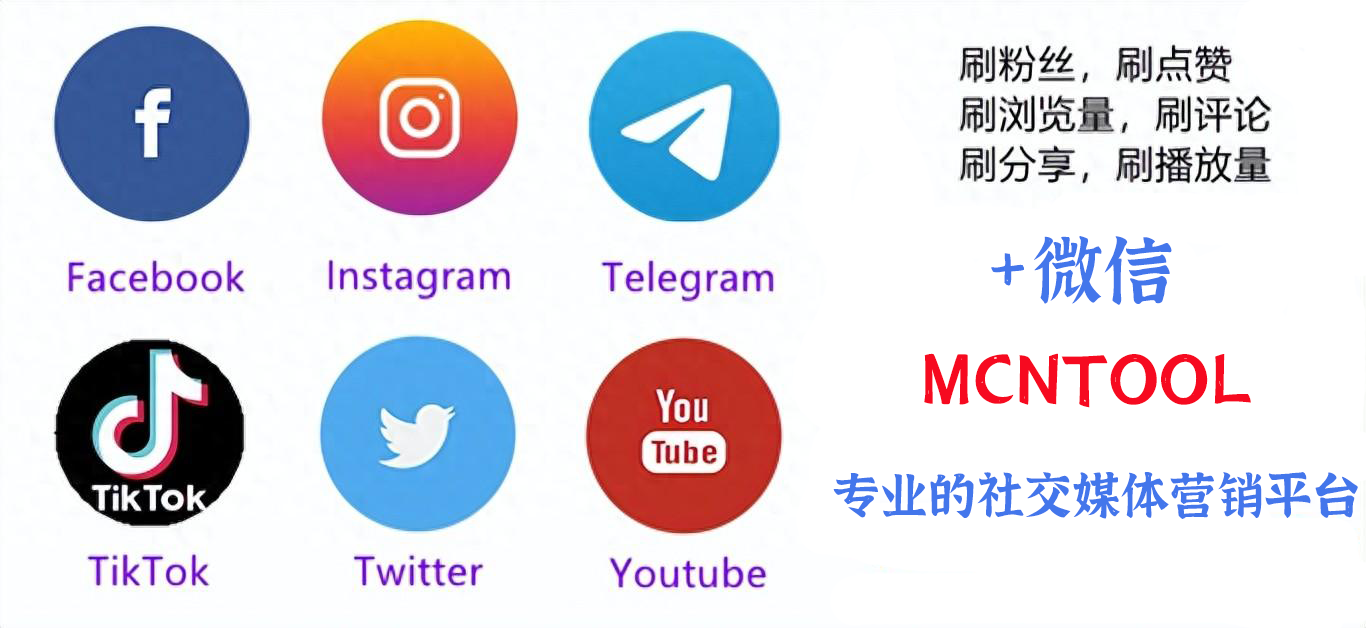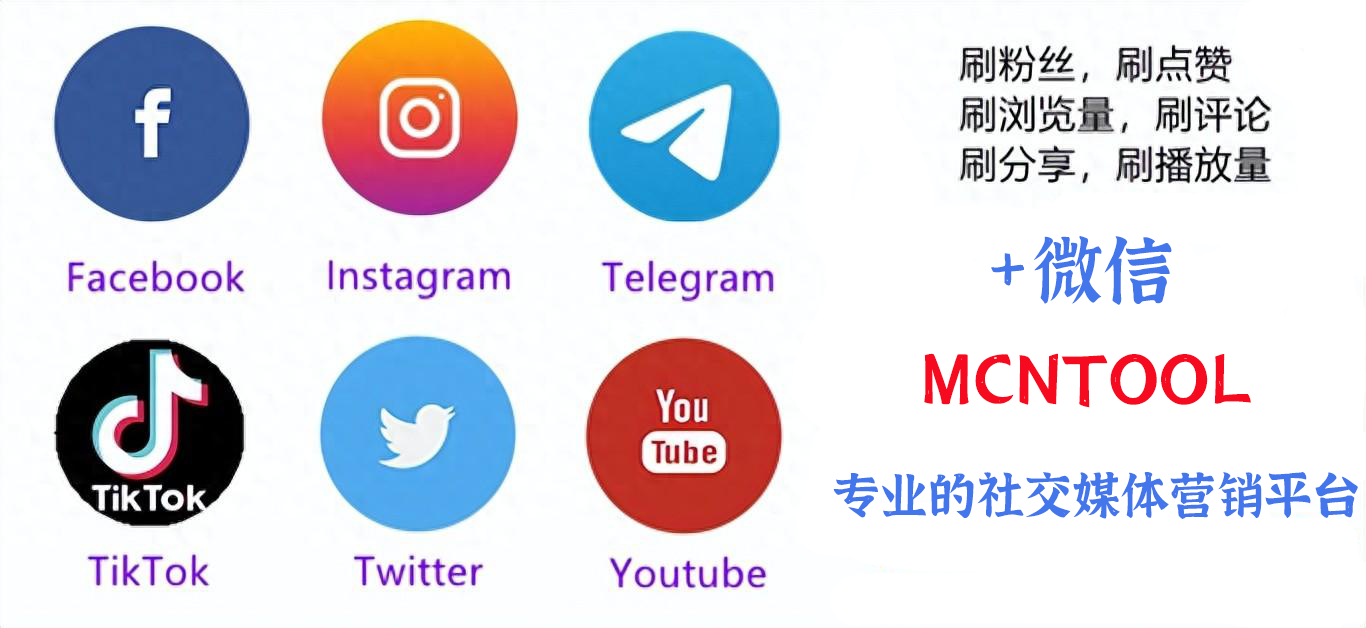您现在的位置是:Instagram刷粉絲, Ins買粉絲自助下單平台, Ins買贊網站可微信支付寶付款 >
06 Help sb by doing something等于(help sb do sth=help sb to do sth嗎與help sb doing sth 有什么區別??)
Instagram刷粉絲, Ins買粉絲自助下單平台, Ins買贊網站可微信支付寶付款2024-05-22 13:21:22【】5人已围观
简介ynewwatch.a.tob.inc.with.1.weplantsometreesonthehill.(變否定句)Wedon'tplantanytreesonthehill.2.Willy
英語語法中的時態(tense)是一種動詞形式,不同的時態用以表示不同的時間與方式。
是表示行為、動作和狀態在各種時間條件下的動詞形式。因此,當我們說時態結構的時候,指的是相應時態下的動詞形式。
英語時態分為16種:一般現在、一般過去、一般將來、過去將來時,以及這四者的進行時、完成時和完成進行時
下面就英語中常見的十種基本時態進行闡述,其它的時態都是在這十種時態的基礎上結合而成的。
一、 一般現在時
1.概念:經常、反復發生的動作或行為及現在的某種狀況。
2.時間狀語: Always, usually, often, sometimes, every week (day, year, month…), once a week, on Sundays,
3.基本結構:動詞 原形 (如主語為第三人稱單數,動詞上要改為第三人稱單數形式)
4.否定形式:主語+am/is/are +not+其他; 此時態的謂語動詞若為行為動詞,則在其前加don't, 如主語為第三人稱單數,則用doesn't,同時還原行為動詞。
5.一般疑問句:把be動詞放于句首;用助動詞do提問,如主語為第三人稱單數,則用does,同時,還原行為動詞。
6.例句:. It seldom snows here.
He is always ready to help others.
Action speaks louder than words..
二、 一般過去時
1.概念:過去某個時間里發生的動作或狀態;過去習慣性、經常性的動作、行為。
2.時間狀語:ago, yesterday, the day before yesterday, last week, last(year, night, month…), in 1989, just now, at the age of 5, one day, long long ago, once upon a time, etc.
3.基本結構:be動詞;行為動詞 的過去式
4.否定形式:主語+was/were +not+其他;在行為動詞前加didn't,同時還原行為動詞。
5.一般疑問句:was或were放于句首;用助動詞do的過去式did 提問,同時還原行為動詞。
6.例句:She often came to help us in those days.
I didn't know you were so busy.
]三、 現在進行時
1.概念:表示現階段或說話時正在進行的動作及行為。
2.時間狀語:Now, at this time, days, etc. look. listen
3.基本結構:主語+be +doing +其他
4.否定形式:主語+be +not +doing+其他
5.一般疑問句:把be動詞放于句首。
6.例句: How are you feeling today?
He is doing well in his lessons.
四、 過去進行時
1.概念:表示過去某段時間或某一時刻正在發生或進行的行為或動作。
2.時間狀語:at this time yesterday, at that time或以when引導的謂語動詞是一般過去時的時間狀語等。
3.基本結構 主語+was/were +doing +其他
4.否定形式:主語+was/were + not +doing+其他
5.一般疑問句:把was或were放于句首。(第一個字母大寫)
6.例句:At that time she was working in a PLA unit.
When he came in, I was reading a newspaper.
五、 現在完成時
1.概念:過去發生或已經完成的動作對現在造成的影響或結果,或從過去已經開始,持續到現在的動作或狀態。
2.時間狀語:yet,already,just,never,ever,so far,by now,since+時間點,for+時間段,recently, lately, in the past few years, etc.
3.基本結構:主語+have/has +p.p(過去分詞)+其他
4.否定形式:主語+have/has + not +p.p(過去分詞)+其他
5.一般疑問句:have或has。
6.例句:I've written an article.
The 買粉絲untryside has changed a lot in the past few years.
六、 過去完成時
1.概念:以過去某個時間為標準,在此以前發生的動作或行為,或在過去某動作之前完成的行為,即“過去的過去”。
2.時間狀語:Before, by the end of last year (term, month…), etc.
3.基本結構:主語+had + p.p(過去分詞)+其他
4.否定形式:主語+had + not +p.p(過去分詞)+其他
5.一般疑問句:had放于句首。
6.例句:As soon as we got to the station, the train had left.
By the end of last month. We had reviewed four books
基本結構:主語+had+p.p(過去分詞)+其他
①肯定句:主語+ had+p.p(過去分詞)+其他
②否定句:主語+ had+ not+p.p(過去分詞)+其他
③一般疑問句:Had+主語+p.p(過去分詞)+其他
④特殊疑問句:特殊疑問詞+一般疑問句
七、 一般將來時
1.概念:表示將要發生的動作或存在的狀態及打算、計劃或準備做某事。
2.時間狀語:Tomorrow, next day(week, month, year…),soon, in a few minutes, by…,the day after tomorrow, etc.
3.基本結構:主語+am/is/are +going to + do+其他;主語+will/shall + do+其他
4.否定形式:主語+am/is/are not going to do ;主語+will/shall not do+其他
5.一般疑問句:be放于句首;will/shall提到句首。
6.例句:They are going to have a 買粉絲petition with us in studies.
It is going to rain.
八、 過去將來時
1.概念:立足于過去某一時刻,從過去看將來,常用于賓語從句中。
2.時間狀語:The next day (morning, year…),the following month(week…),etc.
3.基本結構:主語+was/were +going to + do+其他;主語+would/should + do+其他
4.否定形式:主語+was/were/not + going to + do; 主語+would/should + not + do.
5.一般疑問句:was或were放于句首;would/should 提到句首。
6.例句:He said he would go to Beijing the next day.
I asked who was going there .
有哪些動詞直接加動名詞,但要加to do不定式做賓補的?請歸納一下 就比如說allow doing ,allow sb to do
2.不定式、動名詞和分詞作表語的區別:
(1) 不定式作表語
1) 不定式作表語一般表示具體動作,特別是表示將來的動作。
To do two things at a time is to do neither.一次做兩件事等于未做。
2)如果主語是不定式,表語也必須是不定式。
To see is to believe.百聞不如一見。
To work means to earn a living.工作就是為了生活。
3) 如果主語是以aim,ty,hope,idea,happiness,job,plan,problem,purpose,thing,wish等為中心的名詞,或以what引導的名詞性從句,不定式作表語是對主語起補充說明作用。
His wish is to buy a luxurious car in the near future. 他的希望是在不遠的將來買一輛豪華轎車。
What I would suggest is to start work at once. 我的建議是立刻開始干。
The most important thing is to negotiate with them about the future of the plant.
(2) 動名詞作表語:動名詞作表語,表示抽象的一般性的行為。
Our work is serving the people.我們的工作是為人民服務。
His hobby is 買粉絲llecting stamps.他的愛好是集郵。
(3) 分詞作表語
分詞做表語有兩種情況,一種是現在分詞做表語,一種是過去分詞做表語,這兩者區別是考試 中經常考到
很赞哦!(9861)
相关文章
- 01 貿易企業的日常工作不包括什么(貿易企業的日常工作是哪四種)
- 01 貿易交易的單詞怎么寫(購物英文怎么寫)
- 01 03 粉絲一個億買歌(歌曲買斷版權幾千萬是真的嗎)
- 01 貿易業務是指什么(什么叫做貿易啊 貿易公司主要做什么了)
- 01 03 粉絲從廣西來買車(北京車展專訪:方正利成總經理李愛國)
- 01 貿易企業交稅是怎么算的(開一家貿易合資公司都需要繳納哪些稅,和稅率是多少啊?)
- 01 03 車主播幫粉絲買車(2020年度盤點:除了虎哥、溜溜哥,還有哪些紅紅火火的汽車KOL?)
- 01 03 粉絲買車需要什么手續(貸款買車應該注意什么協議怎么簽訂?)
- 01 03 粉絲來找我買衣服的文案(買了新衣服發朋友圈的文案收藏(40句))
- 01 03 粉絲為明星買下的星星(華晨宇美國粉絲為華晨宇買下一顆星星命名為華晨宇星這件事是真的嗎?)







